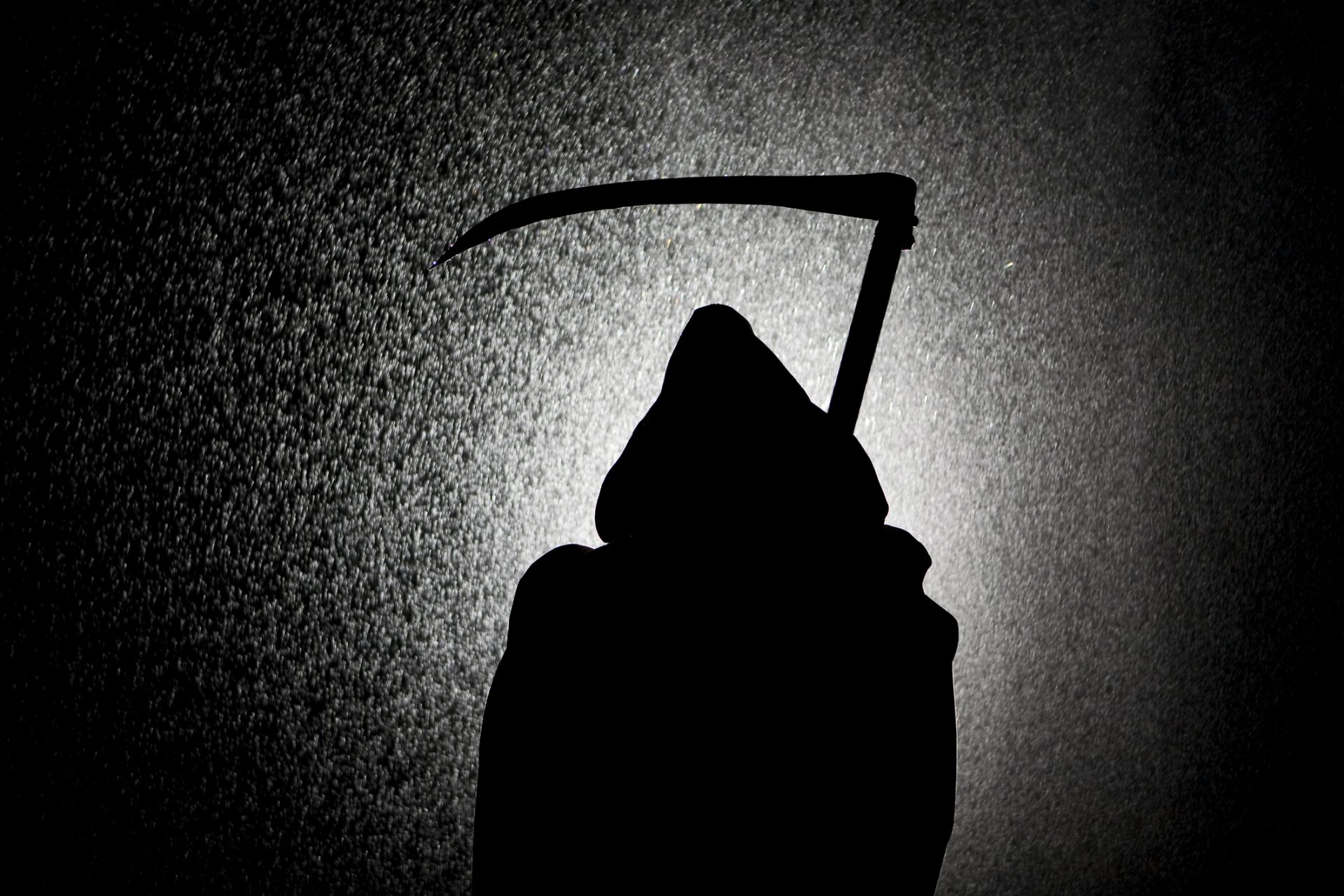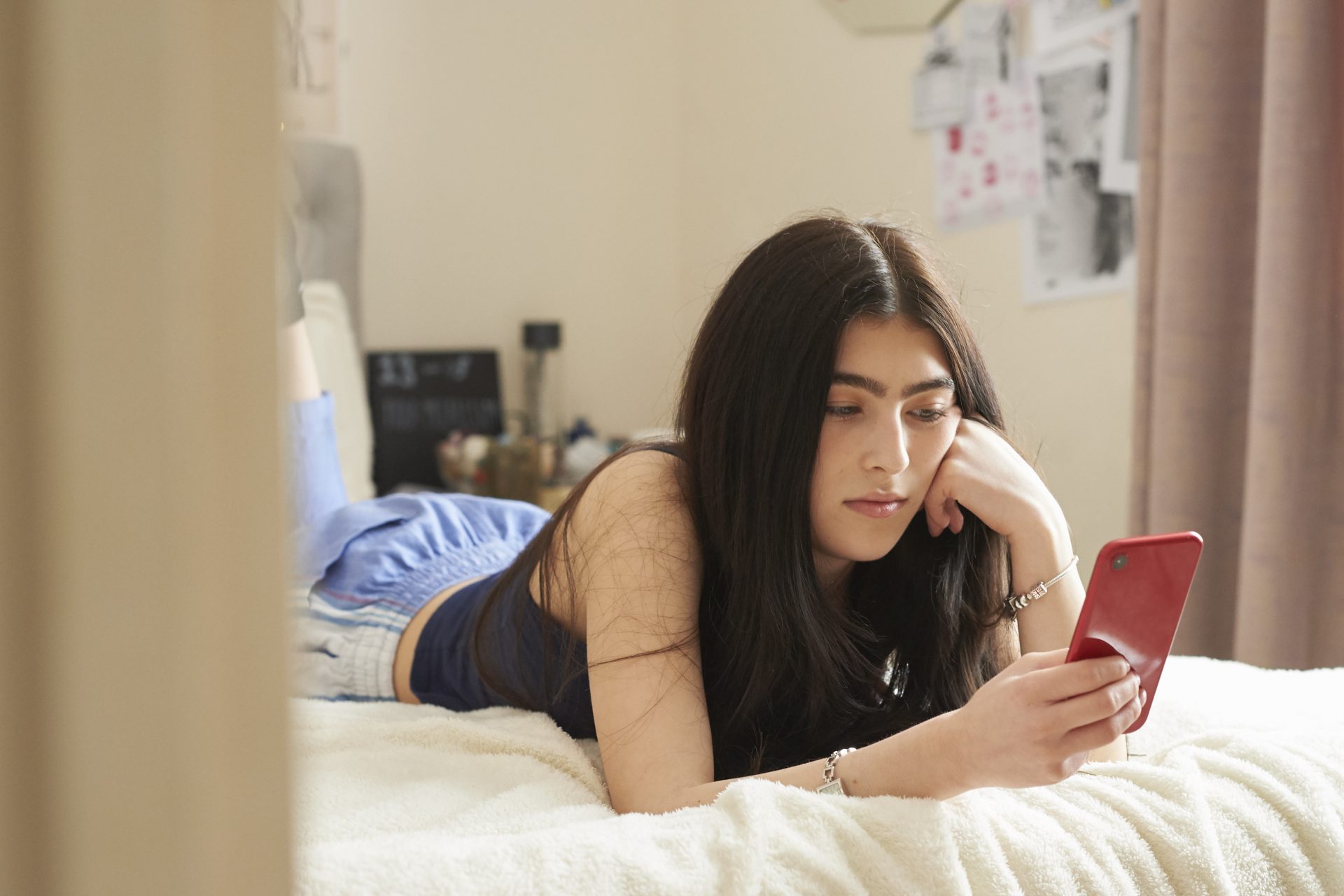Amazing survival story: how a brave woman escaped her captor after 8 years
She was only ten years old when, one morning in March 1998, while on her way to school, she disappeared without a trace. Some time later, the young Austrian Natascha Kampusch managed to escape from to tell the world what happened that morning: she had been kidnapped by a man and, after eight years locked in a basement, she managed to escape.
Now, more than fifteen years after freeing herself from the clutches of her kidnapper, many wonder: what happened to Natascha Kampusch?
Natascha Kampusch is now 35 years old and lives a more or less quiet life in Vienna, her hometown. After years and years of intense therapy, it seems that the young Austrian has managed to overcome part of her traumatic past. However, to understand her present and her future, it is better to first look back and see what happened to her.
Natascha Kampusch's life changed one morning in March 1998. Like every day, the young girl (who was 10 years old at the time) went to school alone. However, she never reached her destination.
Natascha's school was in the Donaustadt district of Vienna. When the girl had already traveled 600 meters from her house and there were only another 300 meters left to reach her destination, a white van stopped next to her, forcing her inside.
Over time it was learned that the person who introduced her into the vehicle was a 36-year-old man named Wolfgang Přiklopil, an unemployed telecommunications technician who kidnapped the young Natascha Kampusch when she was about to arrive at school. After putting her in the van, he took the little girl to his home in Strasshof an der Nordbahn, in the state of Lower Austria, never to let her out again.
Přiklopil had previously transformed an old well that was under the garage of his house into a kind of dungeon. The room, about 2.3 meters high, 2.5 meters long and 1.8 meters wide, had no windows and hardly any light. It had a small bed, a table, a television, a toilet and a small sink.
The room had been designed so that no one would see it. It was the perfect place for the kidnapped girl to remain inside without arousing suspicion.
Natascha Kampusch herself revealed that, since her kidnapping, she spent up to six months inside her "cell" without being able to leave it. Over time, her kidnapper allowed her to go up to the rest of the house to, among other things, to bathe.
Kampusch herself, after getting rid of her kidnapper, recounted that, over time, he allowed her to go outside. Little walks outside next to Přiklopil and even a ski trip away from the city were some of her respites. Of course, the kidnapper made sure, in all these cases, that the young woman did not have contact with anyone.
The young woman also revealed that, while she was under the clutches of her kidnapper, she was the victim of physical abuse.
Apparently, Přiklopil was fascinated by Nazism and, while she was under its influence, he decided to shave her head to make her look like a victim of that dark historical period.
During her kidnapping, the young Austrian also had to do hard work that her captor entrusted to her. Kampusch recounted that she had to help renovate an apartment from which, later, her kidnapper made a lot of money.
She spent a total of 3,096 days kidnapped until Natascha Kampusch plucked up her courage and decided to escape. She took advantage of the fact that Přiklopil was away from home washing his car to leave the house. The first thing she did was run to a neighbor's house to raise the alarm and tell them about the nightmare she had been living. They quickly called the police who came to her aid.
Wolfgang Přiklopil was found dead the same day. Apparently, upon learning of the escape of the young Natascha Kampusch, he decided to take his own life by throwing himself onto the train tracks.
Thus ended the days of captivity for the young Natascha Kampusch. However, many others of difficult psychological healing began.
After leaving that room in Lower Austria, Natascha Kampusch was admitted to a hospital in Vienna. Subsequently, she was transferred to an apartment where she had a roommate and was attended by a team specialized in her therapy.
Over time, the young woman was able to reunite with her mother, Brigitta Sirny (in the photo), and with her father, Ludwig Koch. Their first meeting was somewhat cold and was limited to a small hug.
The case of Natascha Kampusch quickly went around the world: everyone wanted to know the terrible story of that young Austrian. Soon it was she who decided to speak to the press to tell what happened first hand.
It was then that Natascha Kampusch gave several interviews to various media outlets, always recounting her experience and asking for respect and privacy.
Over time, the young woman kidnapped in Vienna became quite a sensation in the media, Kampusch's image and words made front pages around the world.
Thus, in September 2006 her first interview was broadcast on Austrian public television.
In 2008, Natascha Kampusch took charge of a small television space called 'Natascha Kampusch trifft' in which she spoke with German celebrities.
That same year, the young woman obtained two-thirds of her captor's property. The rest went to the mother of her kidnapper, from whom, over time, Natascha Kampusch ended up buying out.
Natascha herself said that she did not know very well what to do with this property. There were those who wanted to buy the house but she rejected all offers: "It seemed that money did not matter to them. They wanted, above all things, to have that specific house. That is why I rejected their offers," Kampusch told the German newspaper 'Bild-Zeitung' '.
In 2010, Kampusch published her first autobiography: '3096 Days'.
The same year a documentary based on the book was released. In 2013, the adaptation of it arrived in the cinema.
Also in 2013 another book was published, 'Vermisst' ('Missing') by Alan Hall. It is said that it contains the doubts that Natascha's father, Ludwig Koch, had after hearing the story of his daughter's kidnapping.
As revealed by the German weekly 'Der Spiegel', in said book you can read: "The girl in the basement was a legend. (Natascha Kampusch) waited until she was 18 years old to run away since she did not want to return to her home with her family".
In 2016, ten years after her escape, Kampusch published a second autobiography, '10 years of freedom'.
In 2019, Kampusch decided to publish a third book that was made up of short stories in which she talked about jealousy and discrimination made through social media.
Two years earlier, the Austrian created her own jewelery collection: 'Fiore'. The designs were hers and the jewels were made of silver by the creator Gerda Guggenberger.
The reason for choosing a flower for her brand was explained on her official website: "a flower is a being that is always reborn, regardless of where or when".
On said website you can read: "Natascha never gave up her hopes and her will to live in freedom again. She had to depend on her own means to free herself, without any help. Today she flourishes in all her splendor and radiates positive vibrations. Finally she can feel free, strong and beautiful!"
Natascha Kampusch has also been connected during all these years, to the humanitarian fight. In 2011, with the help of an association, she managed to open a children's hospital in Sri Lanka.
At 35 years old, she has no known partner and lives in Vienna.
When asked about her desire to start a family, Kampusch responded in 2018 in 'Closer' magazine: "I prefer to be alone. When asked, I often answer: 'Who knows?' But I don't want to get married. And I can't imagine having children. Although I think I would be a good mother."
Regarding the search for a partner, Kampusch recounted in a 2022 television interview that it was very difficult to find someone to start a relationship with. "Many people doubt my story. (...) And not everyone wants to have a public life. Unfortunately, there is nothing I can do about it."
"I go to the stable almost every day to ride a horse, it's something that helps me relax," Natascha Kampusch pointed out in said interview. About her main source of income, she confessed to living from the sale of her books.
"If anyone can find another way to make money, please let me know. Seminars, courses, presentation assignments. I'd be glad if you had me."
More for you
Top Stories





















































